I never get tired or fell out of breath while climbing stairs. 😎😎
Why We Become Out of Breath When Taking the Stairs (It’s Not Because We Are Out of Shape)
Skipping the elevator and taking the stairs instead can be a tough decision, and physically challenging physically too. Becoming breathless can happen to all of us, even if we work out a lot. Luckily, it doesn’t necessarily mean we should work out even more or that we have health issues.
We at Bright Side sometimes feel that we’re really out of shape when we get winded after climbing the stairs. But it’s probably nothing to worry about! Just consider contacting a doctor if you experience any of the symptoms we’re mentioning in the first point.
You might have health issues.
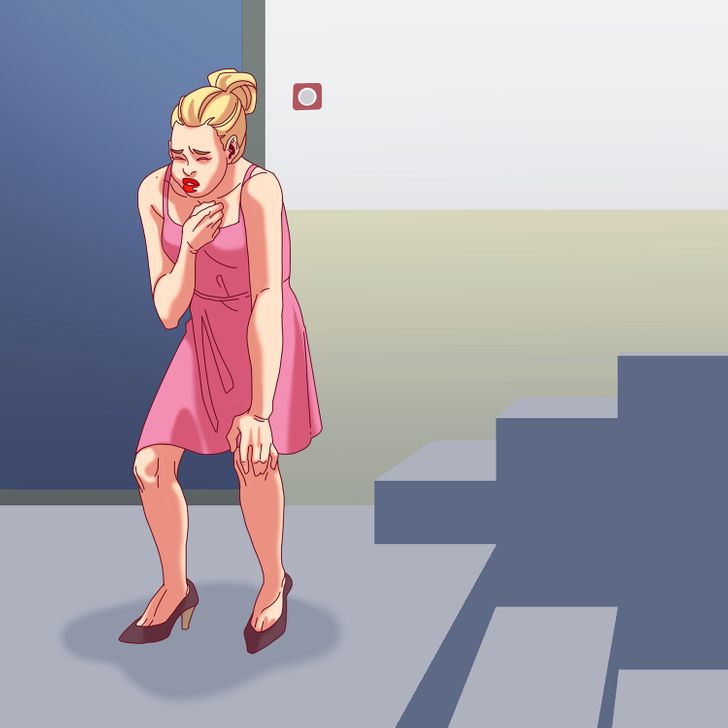
There are some things you should be on the lookout for if you get winded after going up a flight of stairs. It can be nothing to be concerned about. But if you also get chest pain, swollen feet or ankles, or if you start coughing, you should call your doctor, because those could be signs you have health problems.
You aren’t warmed up.
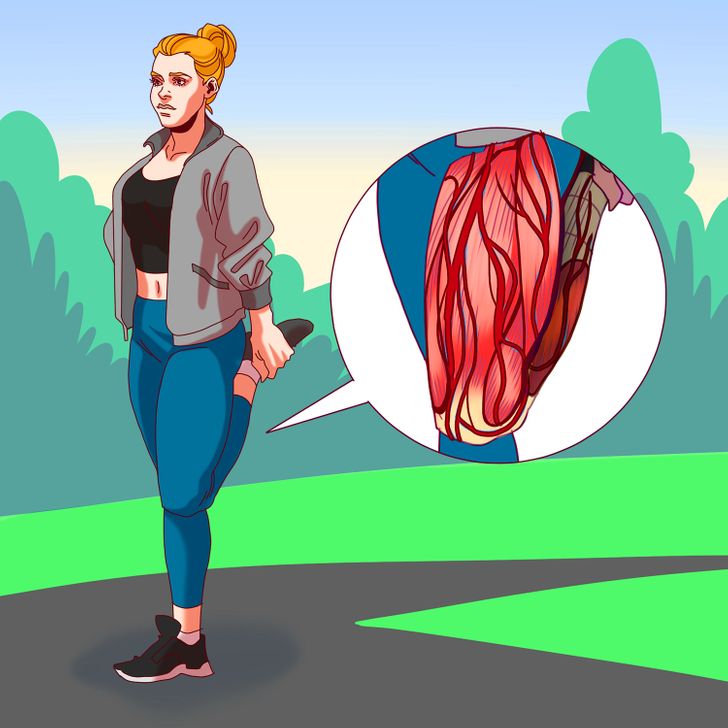
Before starting our workout, we usually do a warm-up. This is important because it helps warm up the muscles, gradually increase blood flow and oxygen, and lower the risk of getting injured.
And when you start walking up the stairs, you quickly go from resting to being a lot more physically active, without warming up beforehand. That’s why your body will need to work harder to have more oxygen delivered to your muscles in a very short period of time, and your heart rate will increase. So it’s only natural that you feel winded afterward.
It’s not like regular cardio.
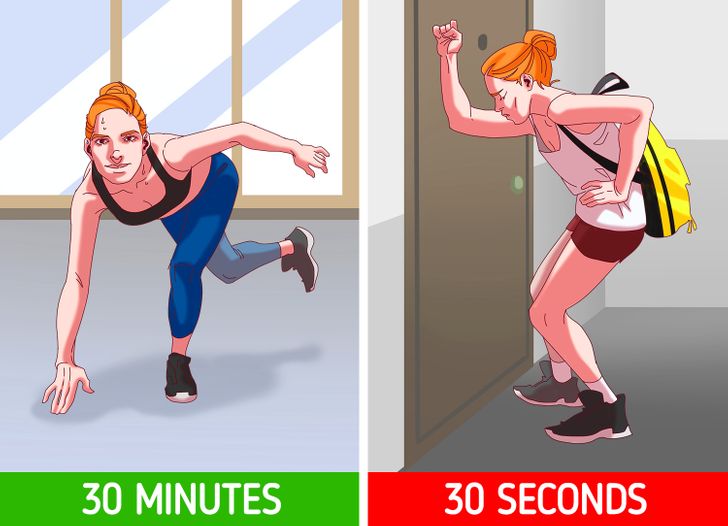
Stair climbing uses a
Your muscles get fatigued faster.
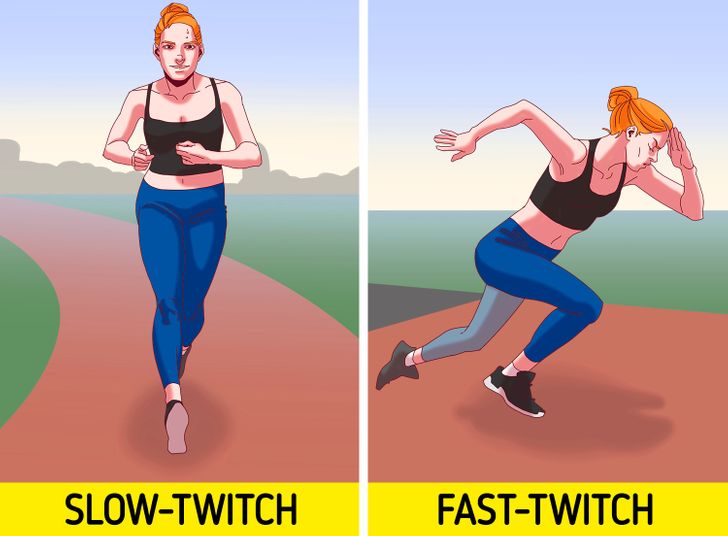
You have 2 types of muscle fibers — slow-twitch and fast-twitch. If you’re an experienced runner, you can endure long-distance running, thanks to the slow-twitch fibers, which get fatigued less easily but don’t have a lot of power and strength. When you walk up the stairs, you need fast-twitch muscles for those quick explosive movements, but they tire out faster.
Someone who doesn’t work out a lot might not be out of breath as fast as someone who does.
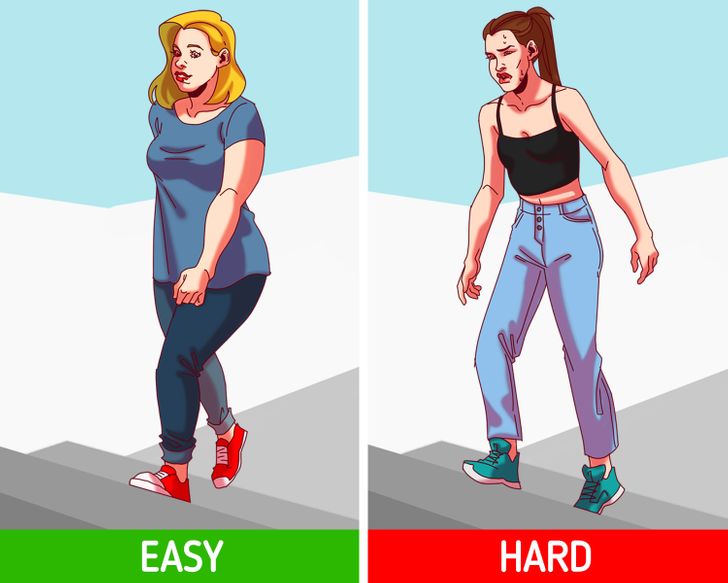
If you’ve trained your endurance by running, you’ve been using your slow-twitch fibers more and they rely on aerobic metabolism. However, when you climb the stairs, those short bursts of activity require anaerobic metabolism. This produces carbon dioxide and hydrogen, which endurance athletes are more sensitive to than other people. That’s why it can be easier for someone who doesn’t exercise a lot to go up the stairs, than for someone who does endurance training.
How you can make stair climbing easier
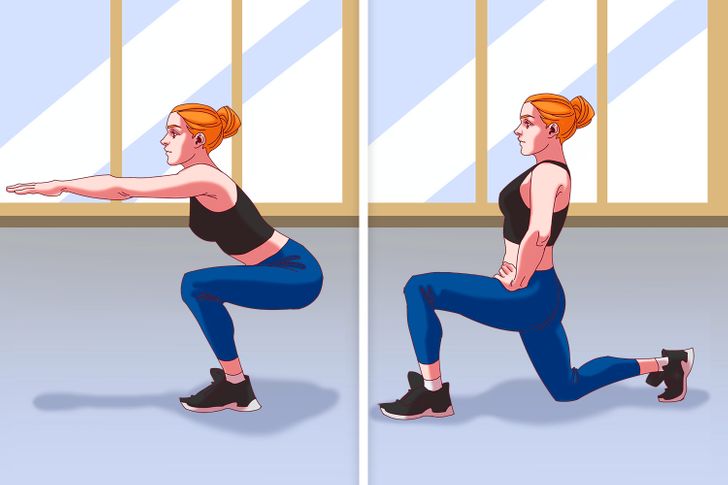
Simply try using the stairs more often. Because we don’t do it very much, it’s understandable that our bodies aren’t used to doing that kind of physical activity, and it might be more difficult than we expect. So if we do it more often, we’ll train to be able to do just that.
You can also try exercises like sprints, jumps, or other explosive movements that require sudden bursts of energy, like when you’re climbing stairs. Another thing you can do is train your glutes and legs by doing squats and lunges.
Do you often take the stairs instead of the elevator? Do you become breathless? What kind of exercises do you do and how often do you do them?
Comments
Related Reads
If You Have Thin Brittle Nails, Hair Loss or Insomnia, Start Consuming These

11 Real Concert Stories That Prove Anything Can Happen at a Show

My Husband Excluded My Daughter From Our Family Trip

Meet Lukas: the Real Story of Parry-Romberg Syndrome and How He Looks Today

I Caught on Camera What My MIL Was Doing While Babysitting My Kid, And I Don’t Know What to Think

My Husband Cruelly Abandoned Me During Childbirth, and Here’s How I Got Even

15+ Discovers That Blew Our Minds Away

My Dad Is Refusing to Pay for My Wedding, Even Though He Paid for My Sister’s Wedding

My Stepdaughter Hates Me, but She’s About to Learn the Truth—It’s Time for a Reality Check

12 Families Who’d Make You Laugh and Cry at the Same Time

18 Transformations That Prove Surgeons Are Literally Magicians

I Brought My Wife to a Hospital With the Signs of Miscarriage and Accidentally Revealed a Shocking Secret
